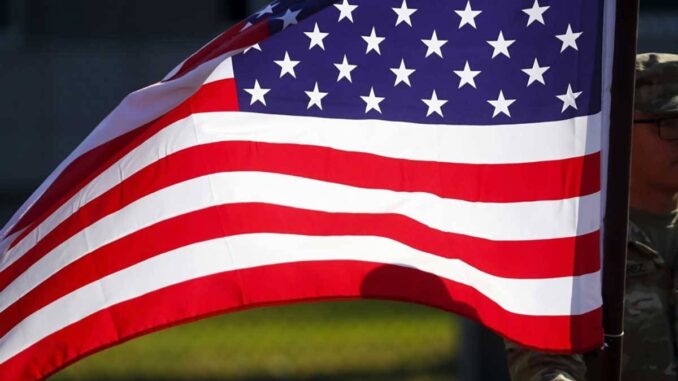
WASHINGTON, D.C. — US Vice President Kamala Harris and former president Donald Trump are hurtling toward their November 5 election showdown, one of the closest contests in modern American history.
And in the handful of critical states framing the 2024 race, there is little daylight between the rivals with Election Day nearing.
Under the US Constitution, America’s founding fathers established that each of the 50 states would hold its own vote for president.
Under the complex Electoral College system, each state has a certain number of “electors,” based on population. Most states have a winner-take-all system that awards all electors to whoever wins the popular vote.
With candidates needing 270 of the 538 electoral votes to win, elections tend to be decided in the hotly contested “swing states” with a history of alternating between Republican and Democratic candidates.
This year, there are seven such battlegrounds, and every one is a toss-up within the margin of error.
Here is a look:
Pennsylvania (19 Electoral College votes)
Pennsylvania was once reliably Democratic, but these days, they don’t come much tighter than the Keystone State.
Republican Trump won the most populous battleground, with 13 million residents, by 0.7 percentage point in 2016. Joe Biden claimed it by 1.2 percentage points in 2020.
Known for its “Rust Belt” cities like Philadelphia and Pittsburgh, Pennsylvania has been blighted for decades by the steady decline of its industrial manufacturing base.
Trump and Harris have campaigned repeatedly in the eastern state, where the pair held their one and only presidential debate. Trump, who survived an assassination attempt at a July rally in Pennsylvania, is courting the rural white population and warning that migrants are overwhelming small towns.
Harris is touting recent infrastructure wins, and in Pittsburgh she outlined plans to invest $100 billion in manufacturing, a key issue for state residents.





Be the first to comment